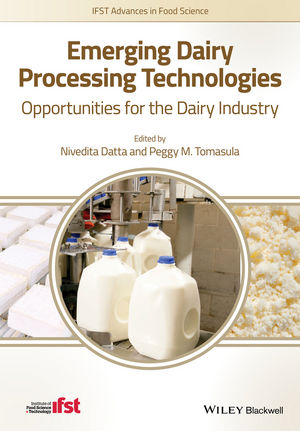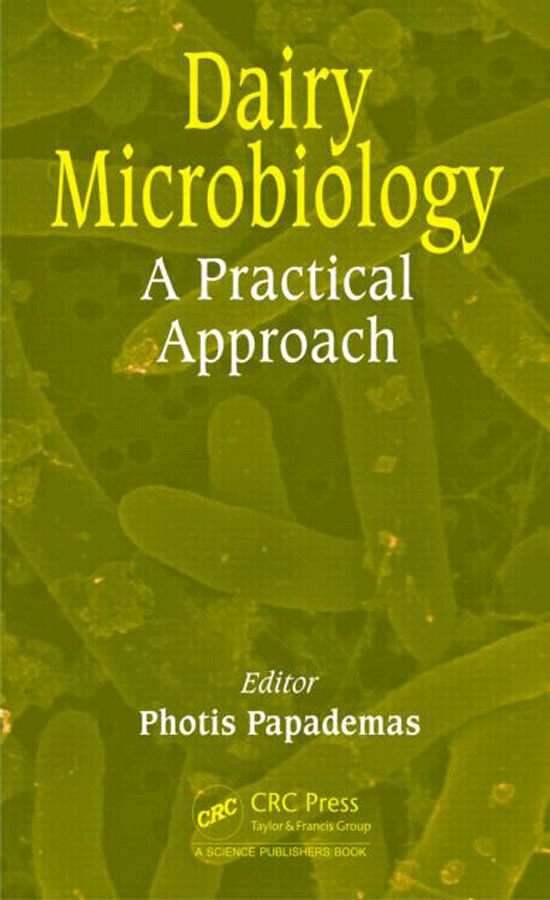Press release
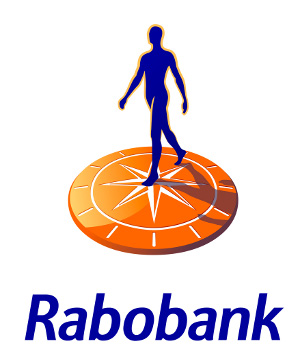 New York, NY – July 9, 2013 – Rabobank has published a new report on the competition among dairy exporters to capture the South East Asian market, as consumption soars and local producers are unable to meet demand.
New York, NY – July 9, 2013 – Rabobank has published a new report on the competition among dairy exporters to capture the South East Asian market, as consumption soars and local producers are unable to meet demand.
In the report, published by the bank’s Food & Agribusiness Research and Advisory team, Rabobank says that dairy trade flows into the ASEAN-6 region (Indonesia, Malaysia, the Philippines, Singapore, Thailand and Vietnam) surpassed 1.6 million tonnes in 2012, equating to a 5.5 billion dollar export opportunity for producers. The region is one of the few remaining dairy battlegrounds, and the current boom in demand has triggered intense competition between international producers. Rabobank says that outcompeting rival companies will not be enough to secure victory in this market however; exporters must also conquer a number of structural challenges such as food price inflation, protectionist policy and supply chain inefficiencies.
Dairy markets in the ASEAN-6 are characterized by a mix of factors which all support growing dairy consumption: high birth rates, rising incomes, improving diets, growth in modern retailing, urbanization, and country-wide school milk programs.
“We expect dairy consumption across ASEAN-6 to grow by 2.4% per year through to 2020,” says Rabobank Analyst Michael Harvey. “This creates a requirement for an extra 3 billion liters of milk which local players are ill-equipped to deliver. The combination of unaccommodating climate, poor farming practices, unsuitable land, and limited access to credit creates a difficult environment for domestic producers and a great opportunity for exporters. This trend is fueling fierce competition among international dairy companies, particularly between producers from Oceania and Europe – who benefit from historic trade relationships in the region – and new players from the U.S. who are determined to build a foothold in the market.”
Exporters often have an edge over local rivals thanks to enhanced supply security, stronger safety records and a broader, more innovative product range. Even with these competitive advantages, the inherent structural challenges can often frustrate new entrants. Food expenditure accounts for a large share of the consumption basket in most ASEAN-6 economies, and as a discretionary spend (dairy is not fully entrenched in consumers’ diets), the market is particularly price sensitive. Furthermore, high import-dependency has resulted in protectionist moves by some governments, including price controls, quotas, technical or sanitary requirements and import permits and certificates, thereby increasing the need for trade agreements between ASEAN-6 and exporting nations.
There is no single, clear pathway to success for dairy exporters. Whilst some players choose to retain a traditional exporter model in which production is based overseas, others are investing in regional hubs and strategic partnerships with local producers. Whatever the strategy, the most important factor is for exporters to make a long-term commitment to ASEAN-6; those who do will reap the benefits of the huge commercial opportunity that exists for the dairy industry across the region.
Rabobank Group is a global financial services leader providing wholesale and retail banking, leasing, real estate services, and renewable energy project financing. Founded over a century ago, Rabobank is one of the largest banks in the world, with nearly $1 trillion in assets and operations in more than 40 countries. In North America, Rabobank is a premier bank to the food, beverage and agribusiness industry. Rabobank’s Food & Agribusiness Research and Advisory team is comprised of more than 80 analysts around the world who provide expert analysis, insight and counsel to Rabobank clients about trends, issues and developments in all sectors of agriculture..




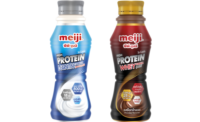
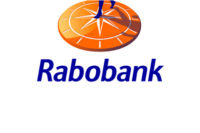
.png?height=200&t=1703091340&width=200)
